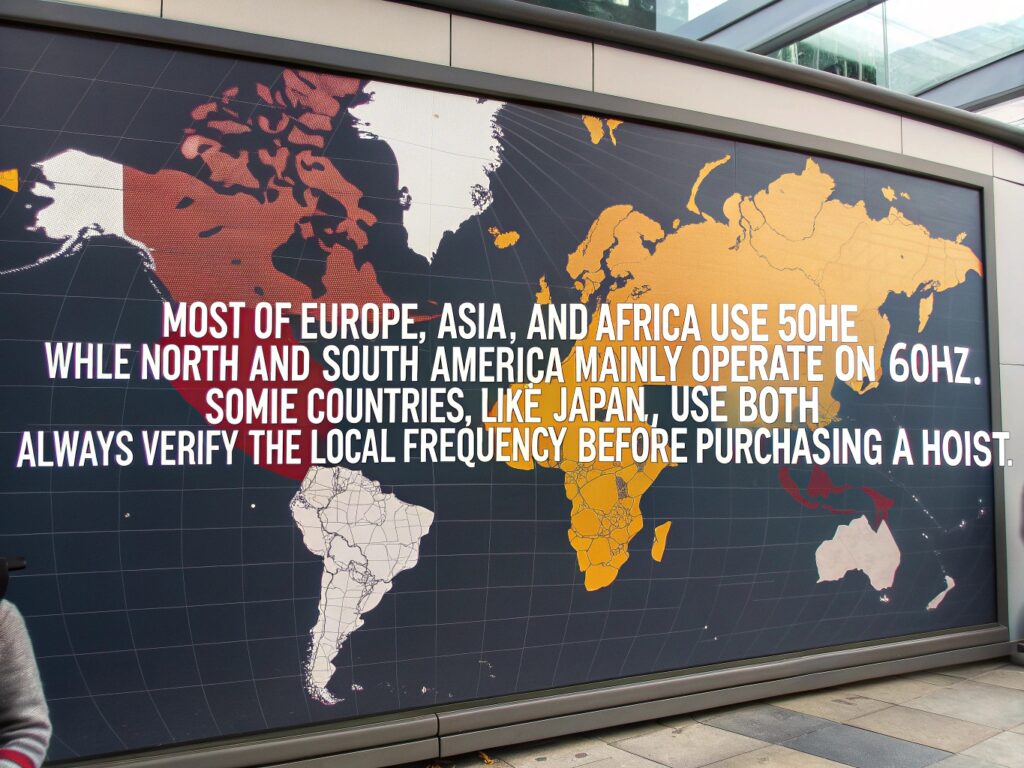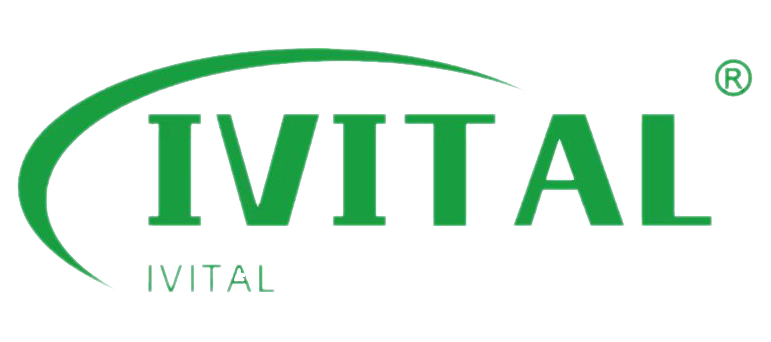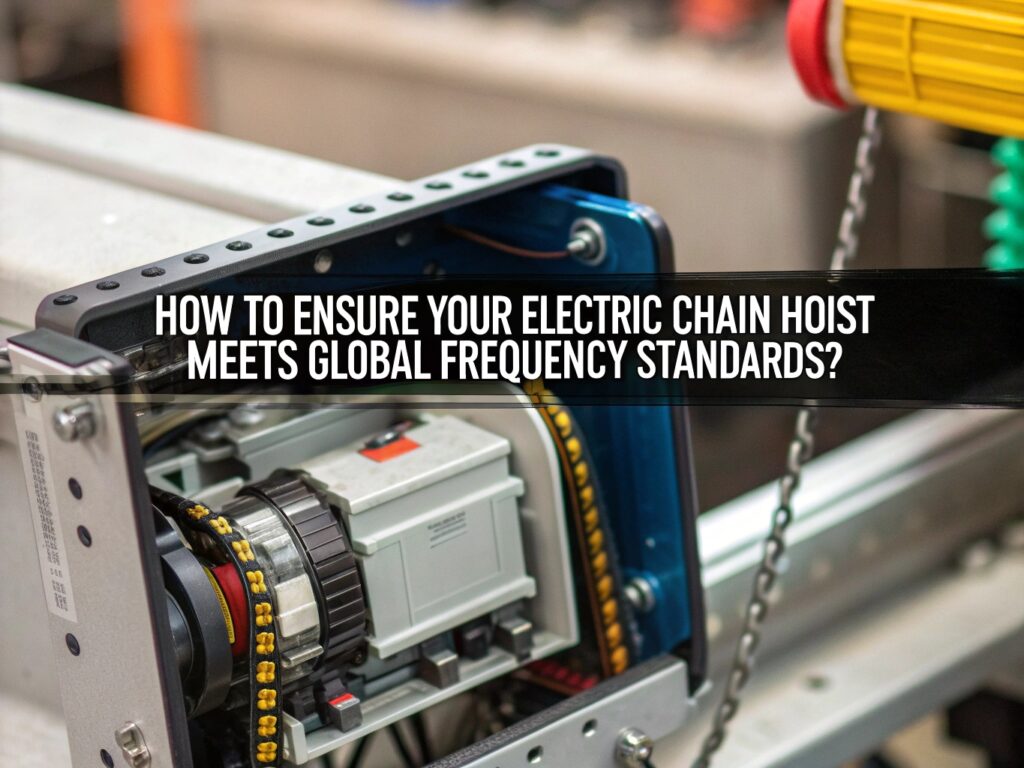Buying an electric chain hoist for international use seems simple, but choosing the wrong frequency can cause overheating, inefficiency, or even damage. Many buyers overlook this, only to face costly replacements. I’ve learned this the hard way. Here’s how to ensure your hoist works perfectly, no matter where you operate.
To ensure your electric chain hoist meets global frequency standards, check whether it operates on 50Hz or 60Hz. Europe and Asia use 50Hz, while North America runs on 60Hz. Choose a hoist compatible with your region or a dual-frequency model for international use.
Frequency mismatches can reduce efficiency and damage motors. But how do you know which hoist to buy? Let’s break it down step by step.
Table of Contents
- What are the global frequency standards for electric hoists?
- How does frequency affect electric chain hoist performance?
- How to select an electric hoist compatible with multiple frequencies?
- What precautions should you take when using an electric hoist internationally?
What are the global frequency standards for electric hoists?
Different countries have different electrical frequencies, and using the wrong one can cause serious issues. So, what are the global standards?
Most of Europe, Asia, and Africa use 50Hz, while North and South America mainly operate on 60Hz. Some countries, like Japan, use both. Always verify the local frequency before purchasing a hoist.

Global Frequency Comparison
| Region | Frequency Standard |
|---|---|
| Europe | 50Hz |
| North America | 60Hz |
| Asia | 50Hz (mostly), but Japan uses both 50Hz and 60Hz |
| Africa | 50Hz |
Why Does This Matter?
Electric motors are designed for specific frequencies. If a motor built for 50Hz runs on 60Hz, it may spin too fast, reducing its lifespan. The opposite can cause power loss.
How does frequency affect electric chain hoist performance?
Opening paragraph: Frequency changes do more than just affect motor speed. They impact efficiency, heat buildup, and lifespan.
Snippet paragraph: A mismatch in frequency can lead to overheating, reduced lifting capacity, and mechanical failure. Always ensure your hoist matches the local power supply.
Key Effects of Frequency Mismatch
- Speed Changes: Motors designed for 50Hz will run 20% faster on 60Hz, causing stress on components.
- Overheating: Running a hoist on the wrong frequency can lead to excessive heat, damaging insulation.
- Lower Efficiency: An incorrect frequency may result in increased energy consumption and reduced lifting power.
How to select an electric hoist compatible with multiple frequencies?
If you operate in multiple regions, a single-frequency hoist won’t be enough. You need a flexible solution.
Choose a dual-frequency hoist that supports both 50Hz and 60Hz. Alternatively, use a Variable Frequency Drive (VFD) to adjust motor speed and ensure compatibility.
Options for Multi-Frequency Use
- Dual-Frequency Hoists: Designed to work with both 50Hz and 60Hz, these are ideal for global operations.
- Variable Frequency Drives (VFDs): These devices allow you to control motor speed and adapt to different frequencies.
Before purchasing, always check with the supplier if the hoist is compatible with multiple frequencies.
What precautions should you take when using an electric hoist internationally?
Using an electric hoist in a different country requires more than just a voltage converter. Here’s what to consider.
Check frequency compatibility, inspect motor specifications, and use a VFD if necessary. Also, verify local safety regulations before operating a hoist in a new country.
Essential Steps for International Use
- Confirm the local frequency before using your hoist.
- If needed, install a VFD to adjust motor speed.
- Ensure the hoist meets local safety and compliance standards.
Conclusion
Understanding frequency compatibility is key to using electric hoists internationally. Always check local standards, choose adaptable equipment, and use a VFD when necessary.



